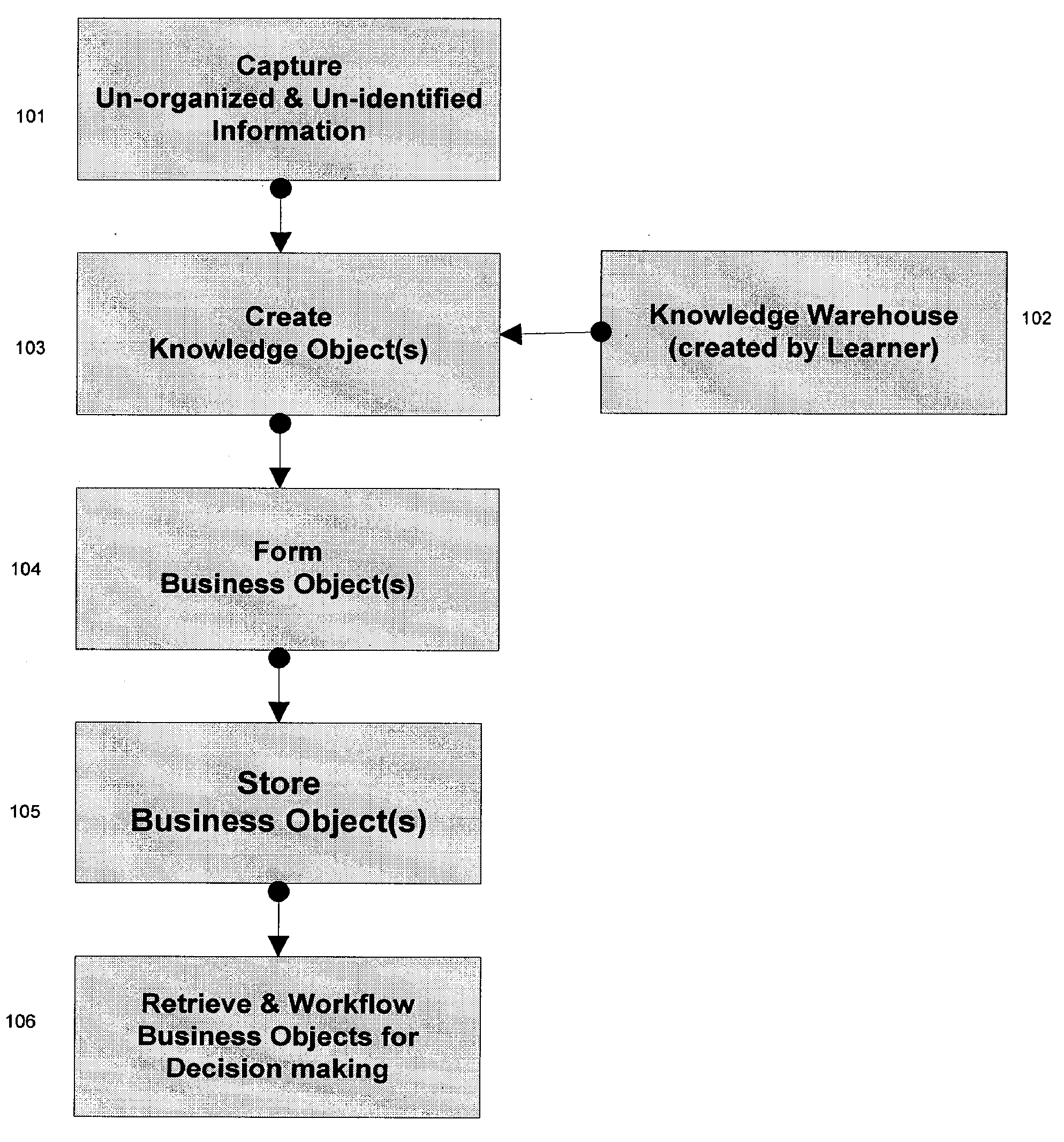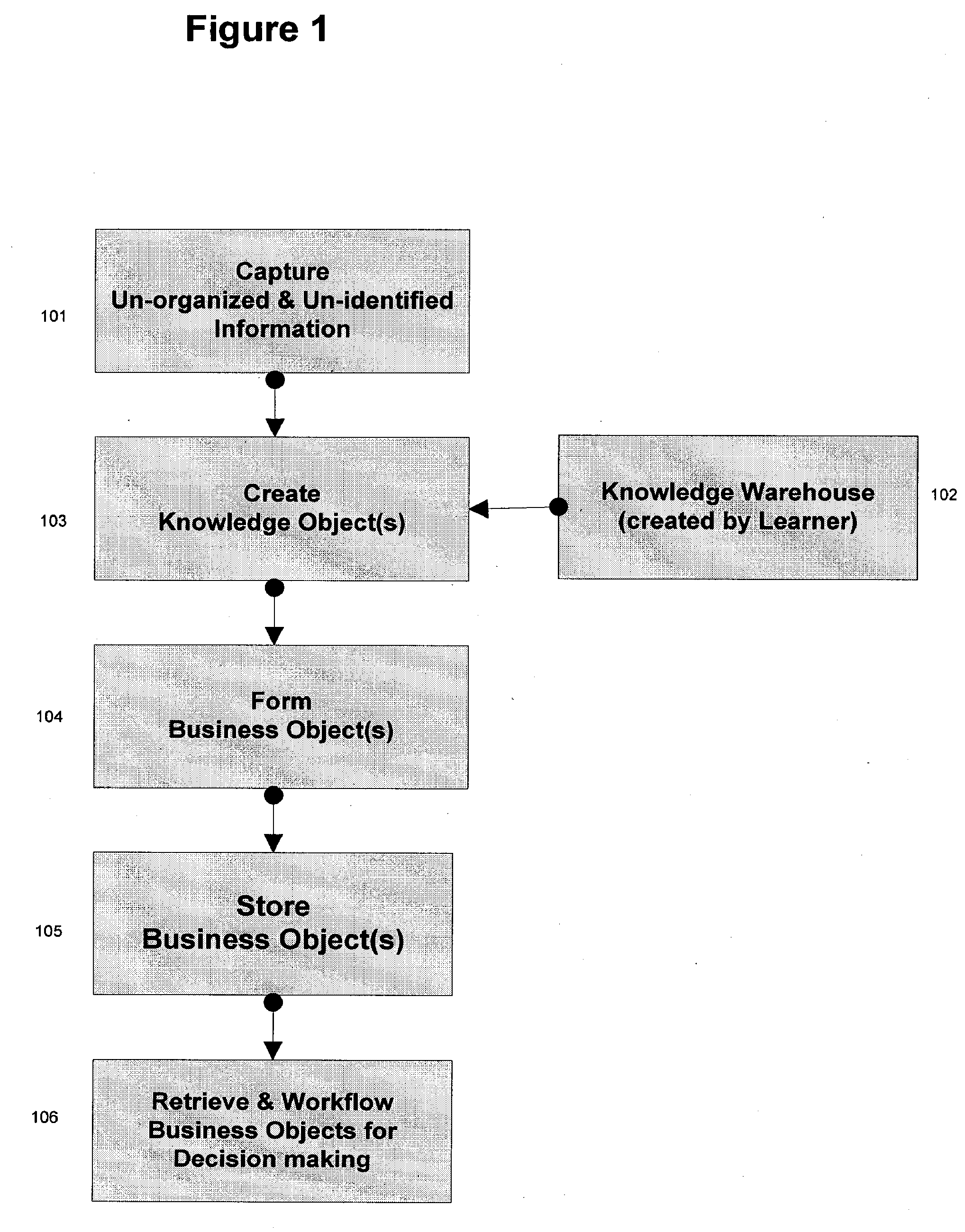Although many attempts have been made to streamline the process, most recently by the Mortgage Bankers Association (MBA) which established standards for representing information in a mortgage transaction, the problem of identifying and capturing information from paper documents, image files, native PDF files, and other electronic files in the loan
origination process has yet to be solved in order to take
advantage of these standards.
Unfortunately, the manual organization,
collation of paper documents, and extraction of information is very
time consuming and slows the process of making business decisions.
Additionally, there is an increased possibility of error due to manual
processing.
Validation of these decisions is very difficult since the paper documents are stored separately from the electronic databases maintained by the
processing organizations.
These methods are inadequate to deal with the wide variation in documents typically seen in the
business environment and are not capable of separating multiple revisions of the same document type to enable information to be captured from the most current version of the document, hence limiting the utility of such systems.
Although it is known in the art to view paper documents by conversion into simpler electronic forms such as PDF files, these files, in general, do not allow extracting information beyond
Optical Character Recognition (OCR).
Finally, these methods or apparatuses do not offer a complete solution to the dilemma of analyzing and manipulating large
paper document sets.
Thus, the automated systems currently available generally have at least the following problems: (1) such systems are limited to document
boundary detection,
document classification and text extraction and do not offer advanced document
collation with separation of very similar documents, and domain-sensitive scrubbing of extracted information into
usable data; (2) techniques based on the current methods of out-of-context extraction and keyword-based classification cannot offer the consistent extraction of information from documents for automated
decision making, or formation of Business Objects such as SMART DocS™ for
information exchange between two organizations using
industry standard taxonomy; (3) similarity among documents may lead to misclassification when using pattern-based classification, especially in cases where the
optical character recognition quality of the document is poor; (4) extraction processes that
handle structured data using a template-based matching generally fail even with a slight shifting of images, and those with rules-based templates can return false results if there are significant variations of the document; (5) such systems cannot
handle both structured and unstructured documents equally efficiently and reliably to serve an entire
business process; (6) such systems frequently are wed to the strengths and weaknesses of a particular
algorithm and are thus not able to
handle wide variations in analyzed documents with acceptable accuracy without manual rule creation; (7) such systems cannot locate the information across the documents and variations; (8) neither do such systems provide a complete solution to a business problem; and (9) such systems do not have intelligent scrubbing of extracted information to enable the creation of
electronic transaction sets such as MISMO SMART Doc™
XML files.
These methods suffer from the disadvantages of requiring substantial investment of human capital and not being automated sufficiently to handle bulk processing of documents and the information contained in those documents.
 Login to View More
Login to View More  Login to View More
Login to View More 


